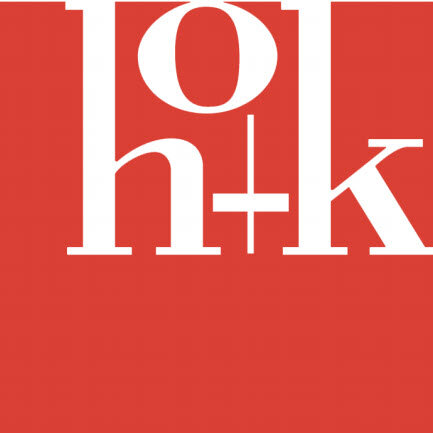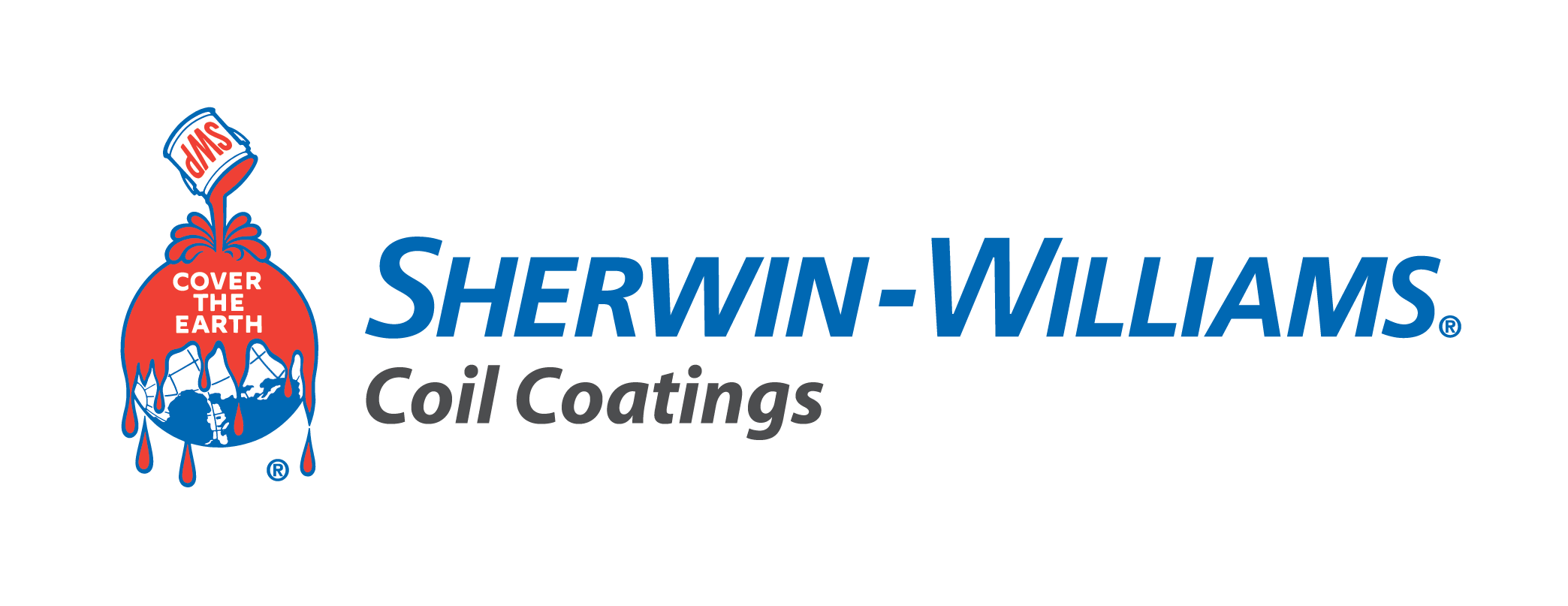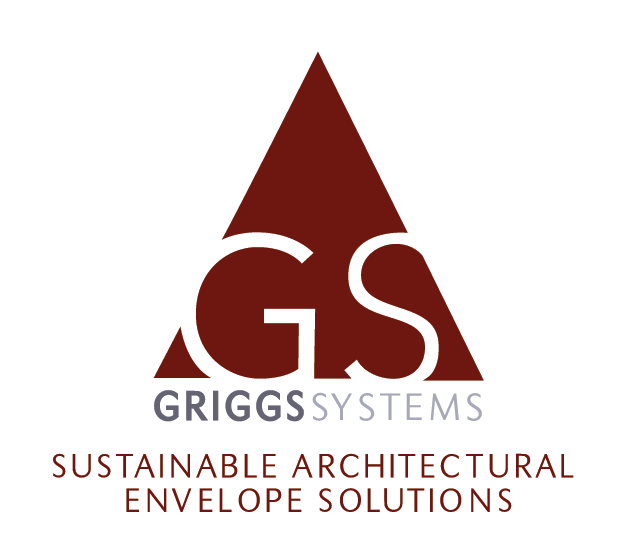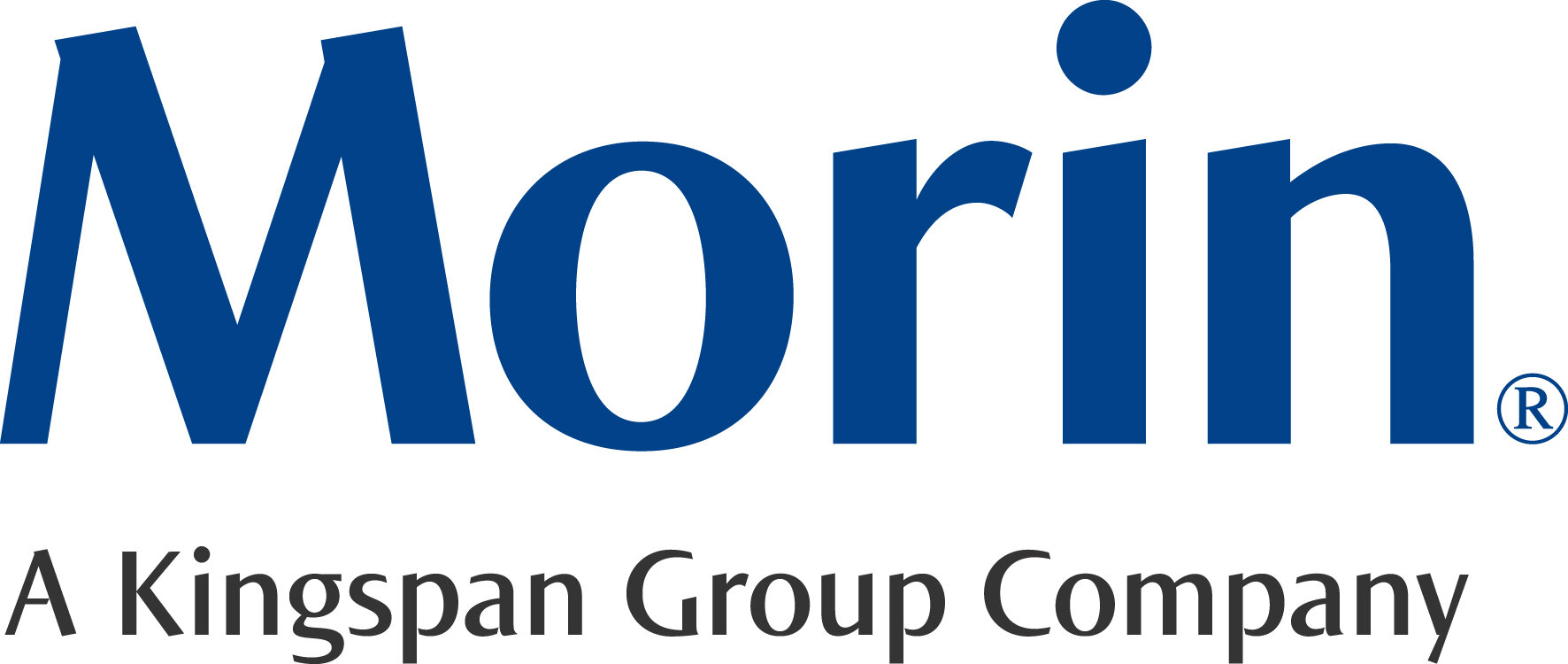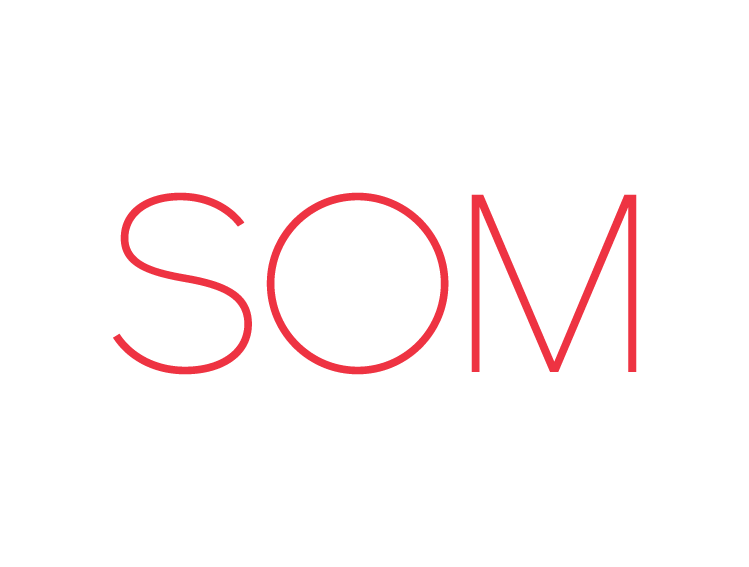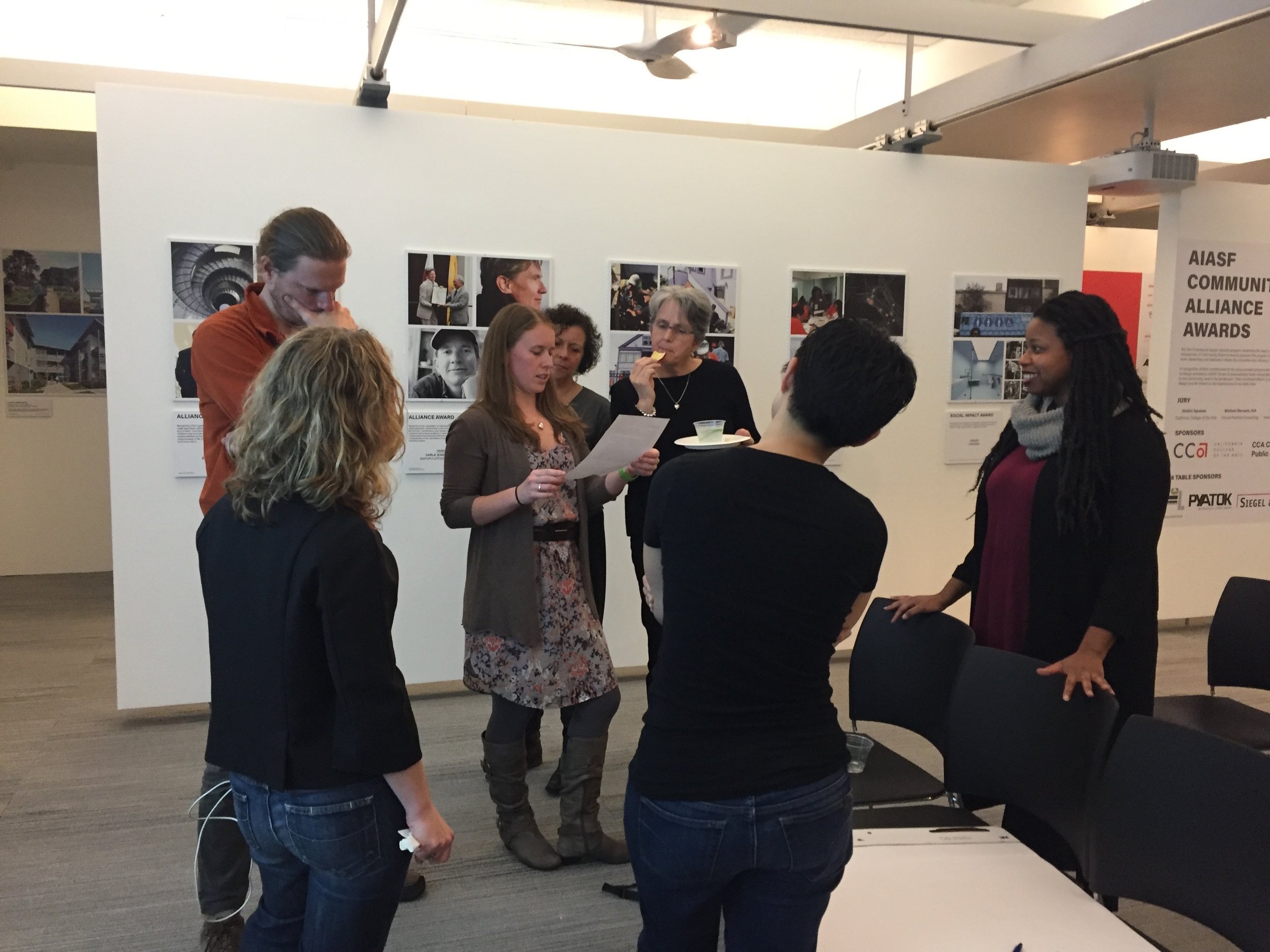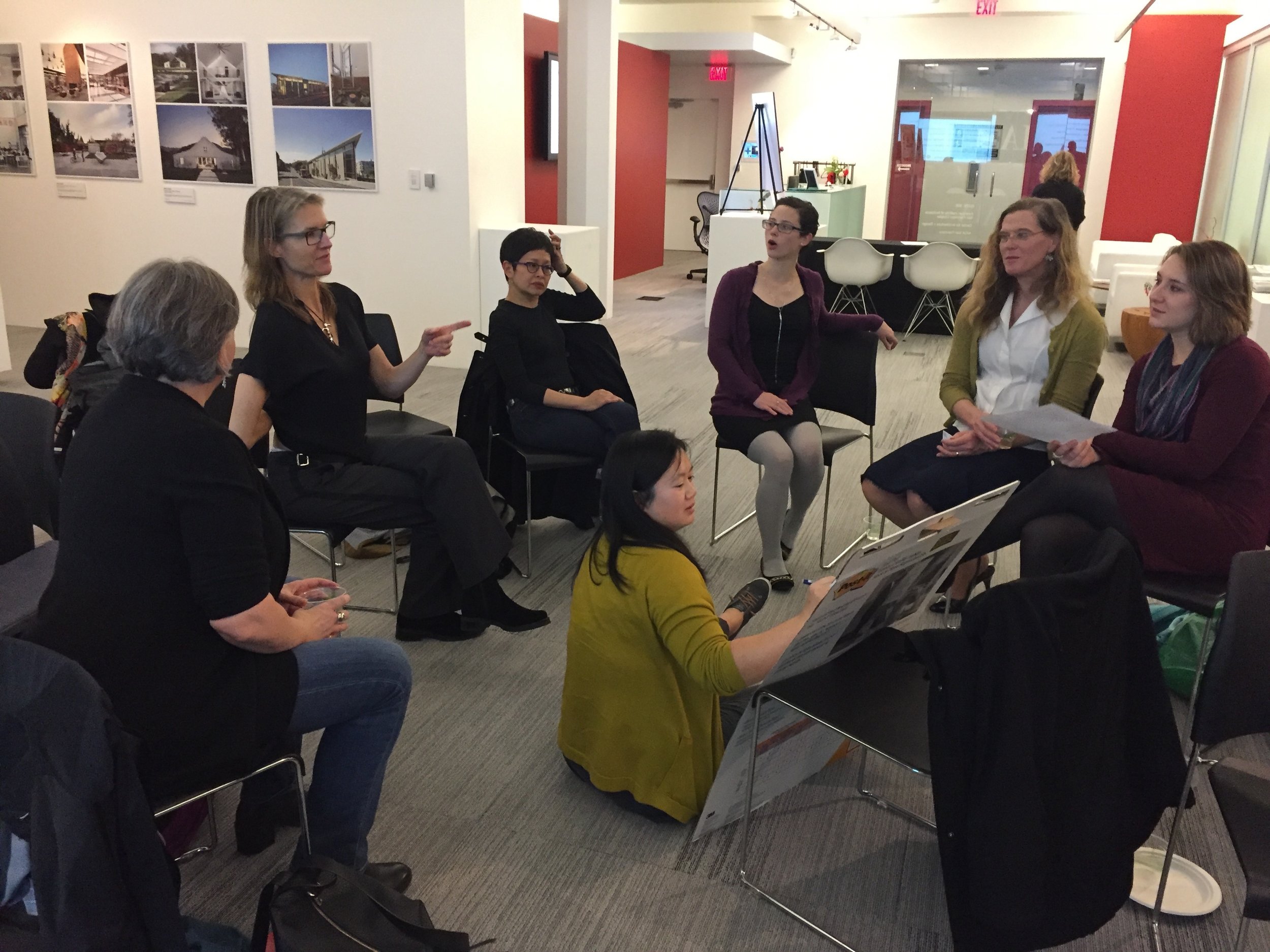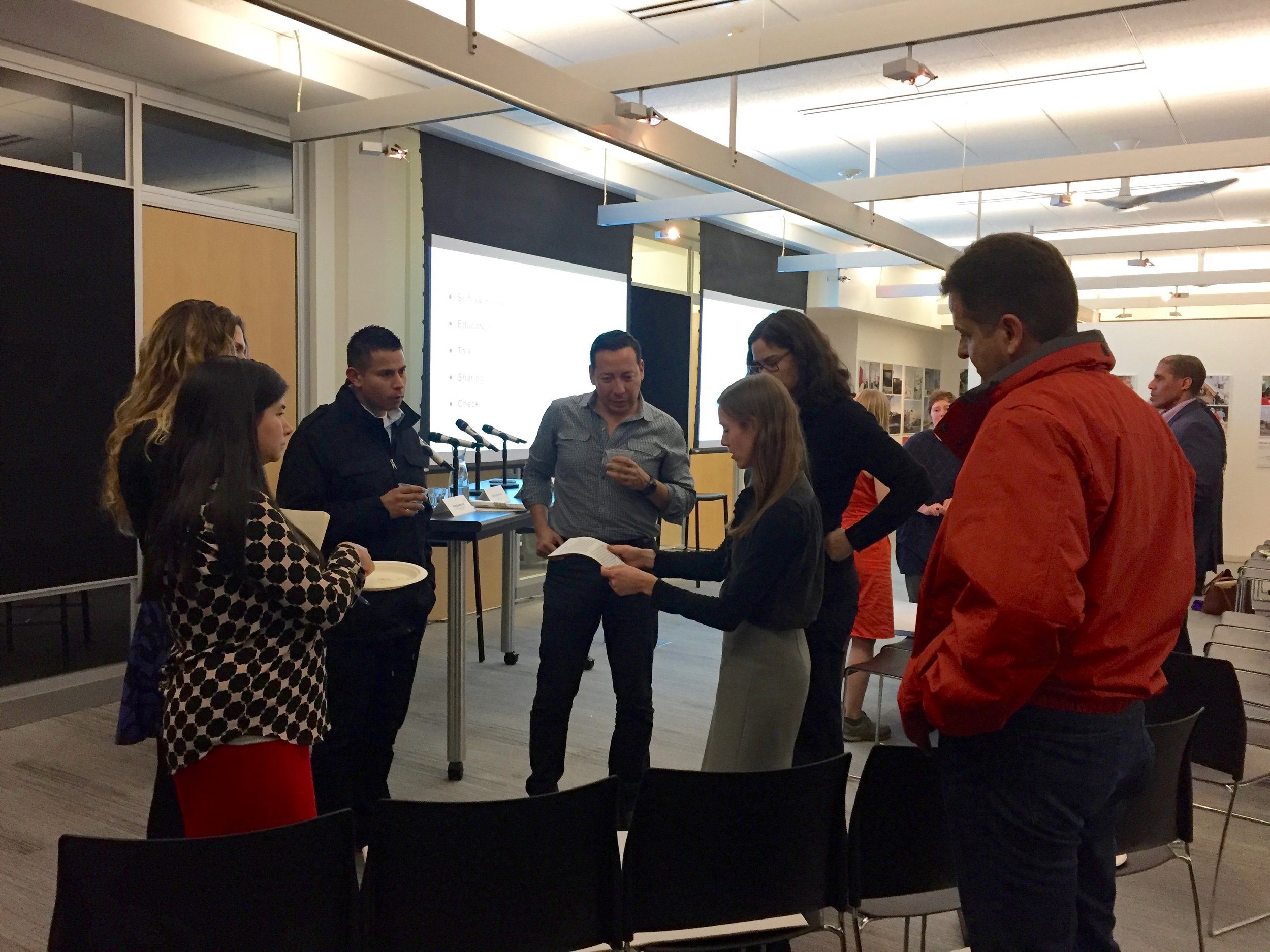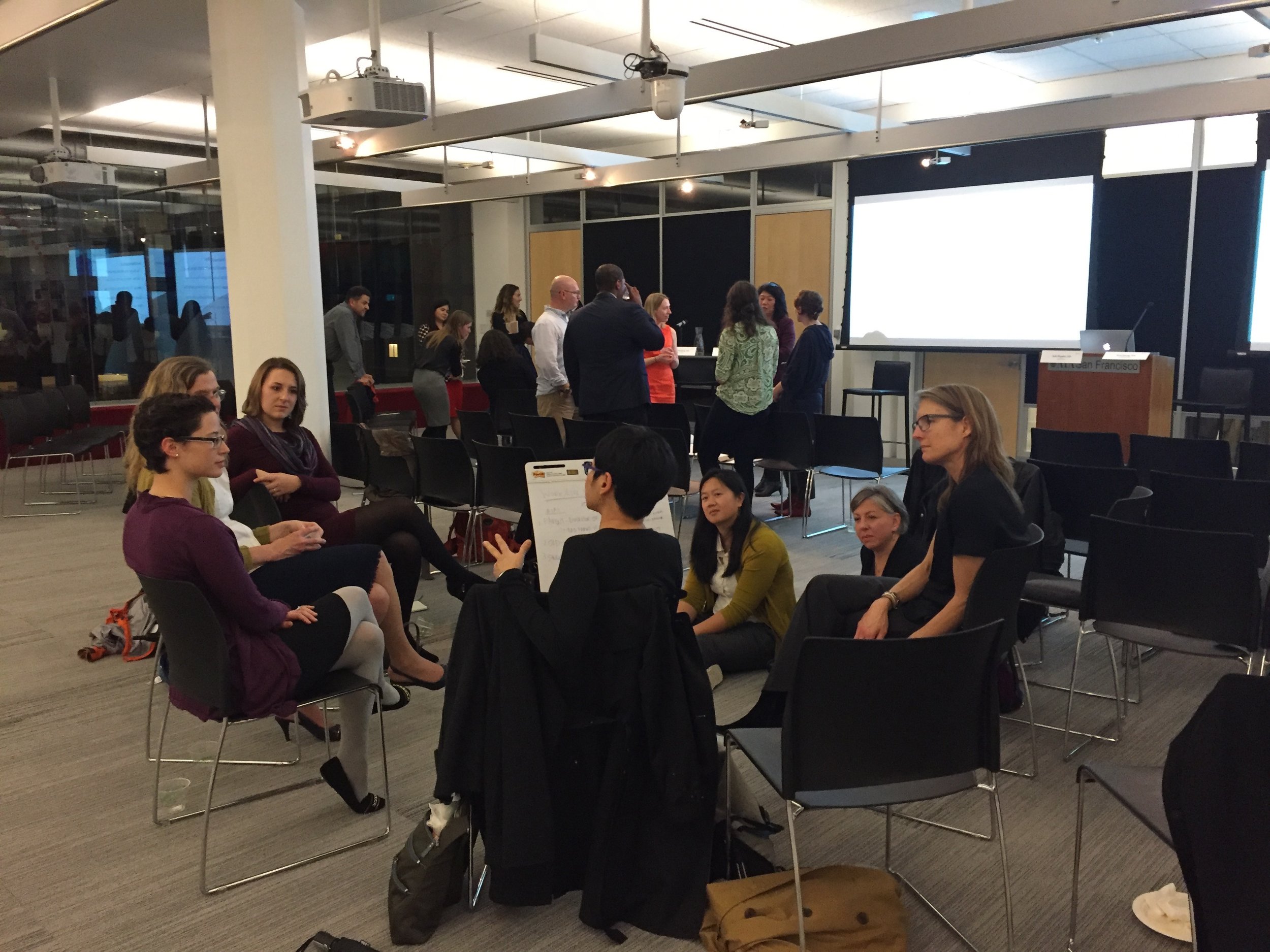Our society is at a critical inflection point and choices and actions we make today will determine our collective future. This is contextualized by a historic confluence of catastrophic events - a global pandemic, severe economic disruption, racial violence causing civil unrest, and environmental peril caused by climate change. This perfect storm exposes the intersectional impacts of a legacy of systems of societal injustice that have perpetuated inequities for BIPOC, LGBTQIA+, and others with at-risk identities. This is deeply rooted in systems of injustice that have existed within our society since the founding of our country.
The resulting shifts and disruptions mean that we live in a time risking peril or potential to overcome the adversity surrounding us. Real and necessary progress towards Justice in our world will only be achieved when we are willing to do the work to expose and dismantle the intricate web of racist and unjust policies and practices that have resulted in multigenerational and harmful outcomes for many. Given the challenging and complex conditions in which we find ourselves today, Equity by Design has committed to adapting from our originally planned symposium program towards a broader agenda.
Orange skies in San Francisco during September 2020 West Coast wildfires.
AIA SF Equity by Design will be hosting a series of workshops and teach-ins that will focus on collecting and evaluating an intentional intersection of research, writings and multi-media in support of developing a critical discourse to fuel strategic actions that result in sustained improvements in the civic realm. The outcome of these workshops will be a roadmap of new practices and policy amendments in activism and advocacy that dismantle systems of oppression and advance progress towards an Anti-racist paradigm in the built environment.
Join us.
Our collective exploration will have a deep focus on how Just and Equitable policies and frameworks drive Diversity and Inclusive opportunities and practices (J.E.D.I.). At the core, we will prioritize Justice, creating a common thread to expand our intersectional mindset.
Opening Session - J.E.D.I. Agenda - An Intersectional Approach for a Resilient Future
Wednesday - Sept. 30, 2020, 1:30-3:00pm PST
Session 1 - J.E.D.I. Agenda and Society/Economics/Social Mobility
Friday - Oct. 23, 2020, 2:00 pm - 3:30 pm PDT
Session 2 - J.E.D.I. Agenda and Health
Friday - November 20, 2020, 11am-12:30pm PST
Session 3 - J.E.D.I. Agenda and Environment
Friday - December 11, 2020, 11am-12:30pm PST
Session 4 - J.E.D.I. Agenda and Practice
Friday - January 22, 2021, 11am-12:30pm PST
Closing Session - Practice, Process and Paradigms for the J.E.D.I. Agenda
Friday - February 26, 2021, 11am-12:30pm PST
Thanks to our #EQxD2020 SERIES Champions!
Silver Sponsors - HOK, SHERWIN WILLIAMS COIL COATINGS
Titanium Sponsors
SMARTci
AWV
PARKLEX USA
MORIN
Bronze Sponsors - PYATOK, CAMERON MCALLISTER

